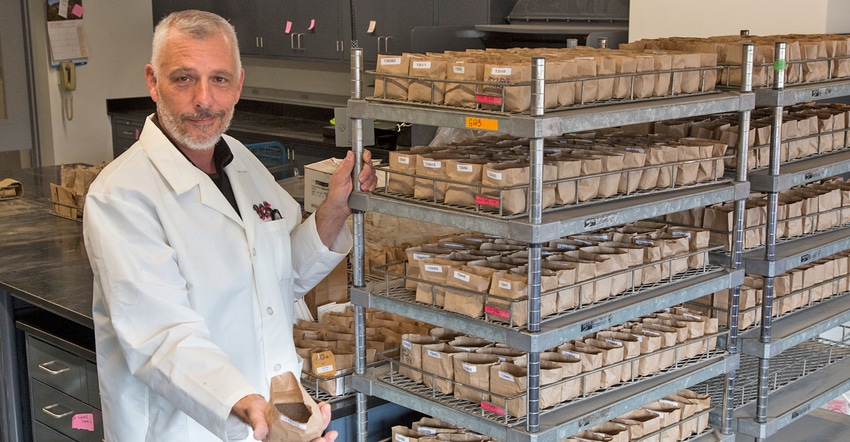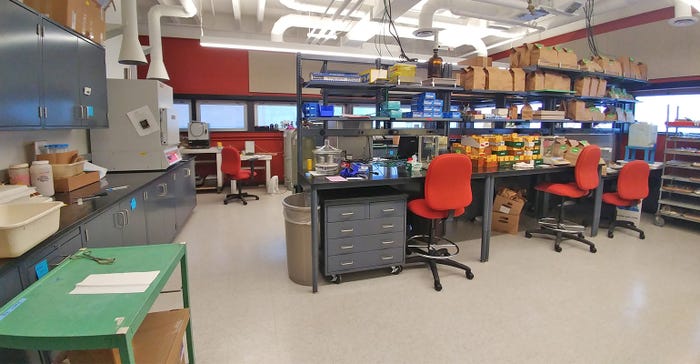February 1, 2018

The University of Minnesota’s Soil Testing and Research Analytical Lab has undergone a $3 million renovation.
The lab now has fully modernized infrastructure and work space to fulfill the soil testing needs of the state.
“The lab is really one of the largest service laboratories in the university system,” says Brian Barber, director of the Soil Testing and Research Analytical Lab.
Barber took over the lab six years ago and in that time, tripled the amount of samples going through the lab. He said this renovation will help improve the lab’s efficiency even more.

BETTER WORKFLOW: Reconfiguration of the renovated U-M soils lab is helping workflow for employees.

“We have a completely redesigned lab space, so that it is much more efficient. This lab grew and outgrew the facility it was in,” he says. “We needed to have it reorganized.”
Technicians now have a better workflow, plus new and better equipment. The lab employs six full-time scientists and two part-time scientists. Six to 10 students also are employed at the lab.
“With that new equipment come increases in automation and throughput as well as better detection limits, lower detection limits. We can improve some of the trace level testing that we are asked to do,” Barber says.

SAMPLES FOR U-M, STATE: The U-M soils lab does testing on soil, plants and water for residents across the state, and for university researchers. Keith Piotrowski, lab manager, is shown testing water samples.

‘Clients’ are university, farmers
The lab takes samples from both university researchers and local farmers. About 80% of the business is with the university, and 20% is directly with farmers.
By improving efficiency and equipment, the lab can give researchers faster and more accurate results. This, in turn, improves the quality and speed of the lab’s research. The result is that Minnesota farmers have better data to use when making decisions on their own farms.
The new, more sophisticated lab equipment can detect smaller amounts of minerals in soil and plant tissue. This is beneficial for those wanting to know more about how trace minerals affect a farming operation.
Funding for the renovation came from the Legislature through the Education, Extension and Technology Transfer Program. Equipment upgrades were generated by the lab itself, the University of Minnesota and grant writing. The Minnesota Soybean Research and Promotion Council was involved in several aspects of this renovation.
For more information, visit soiltest.cfans.umn.edu or call 612-625-3101.
Source: U-M
You May Also Like




